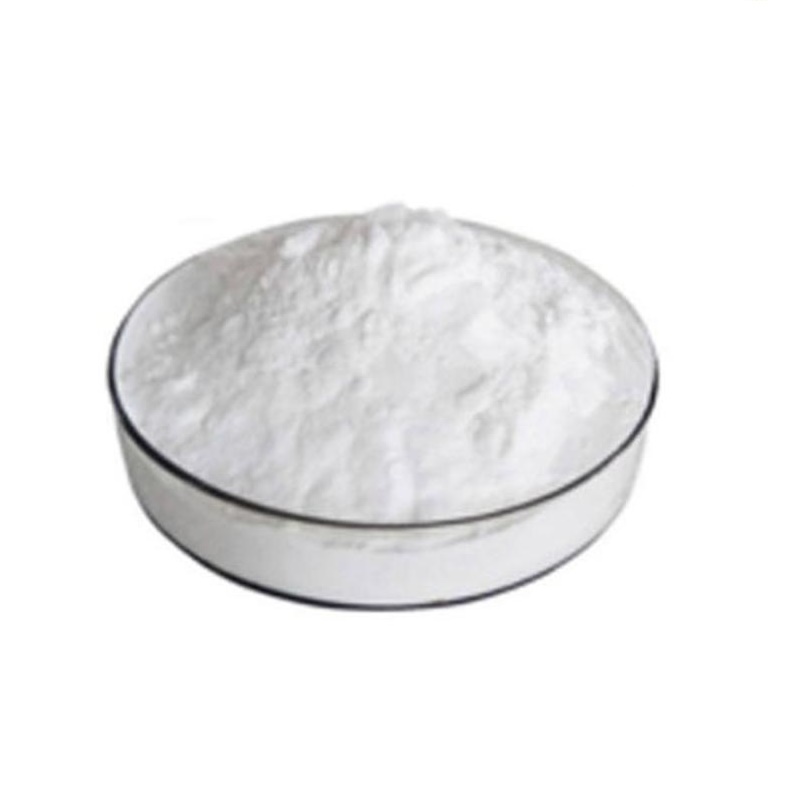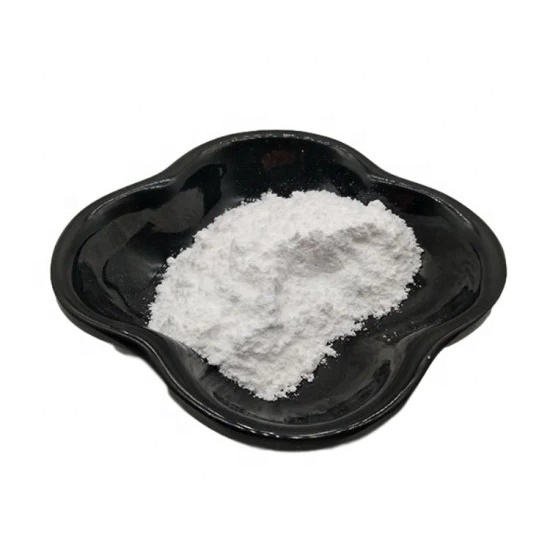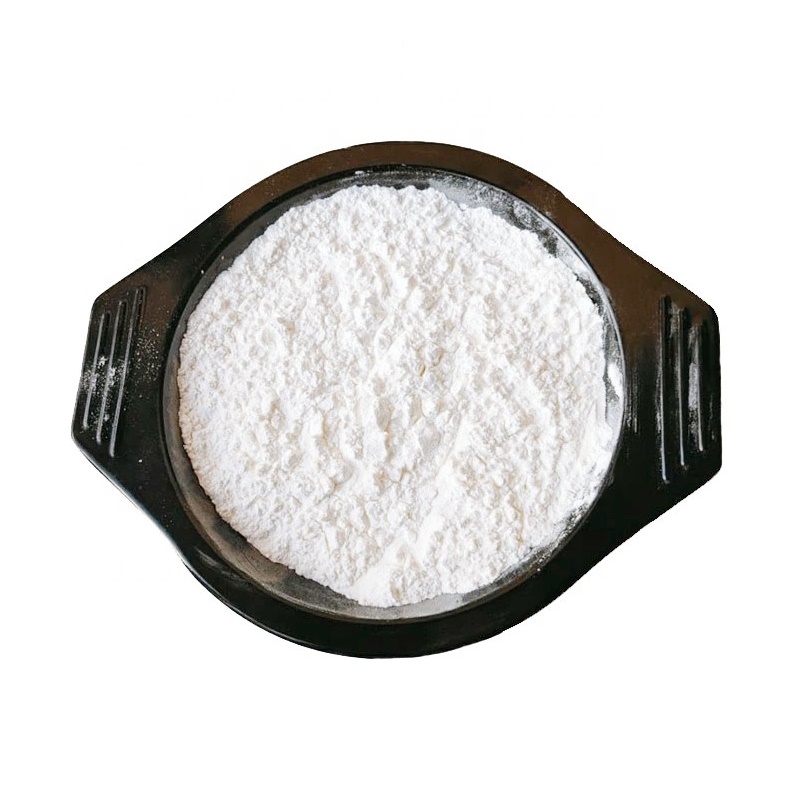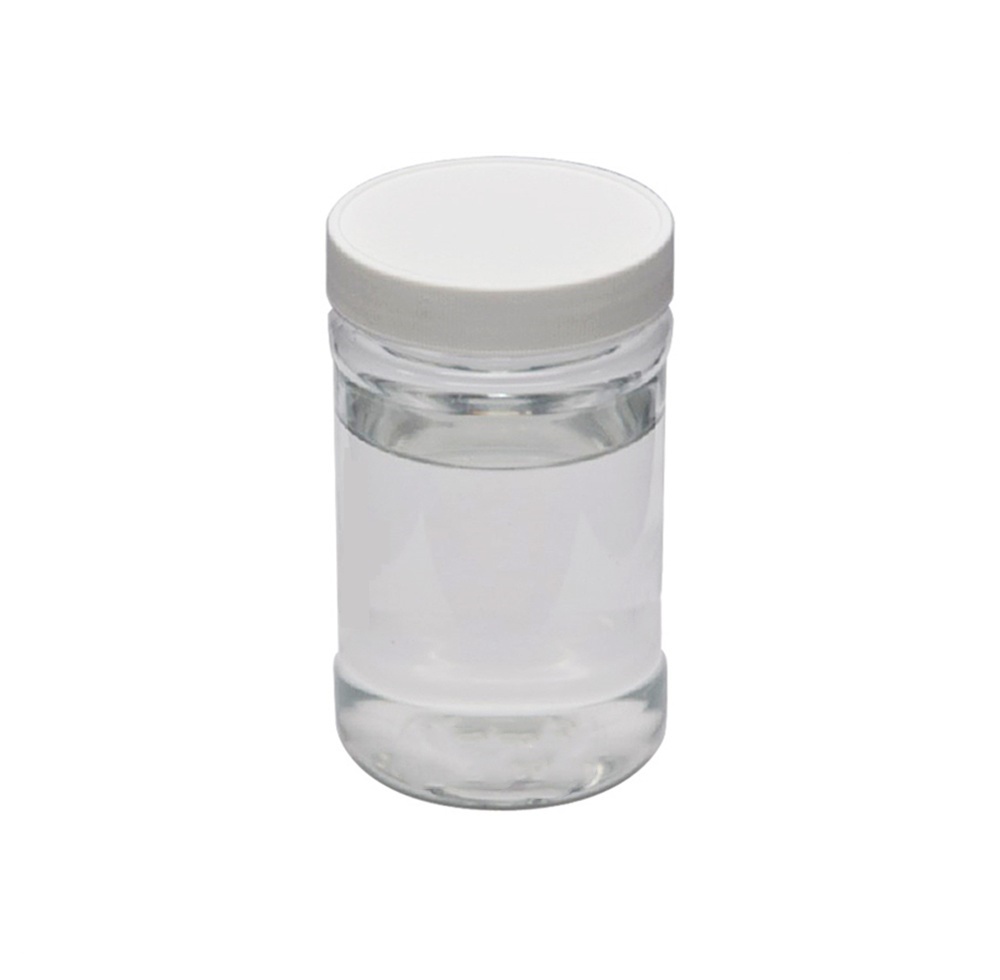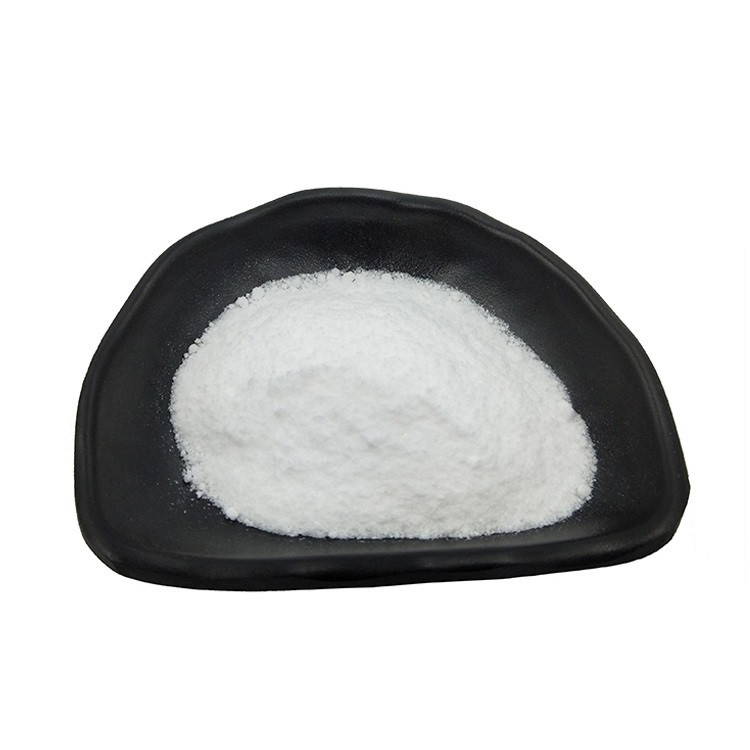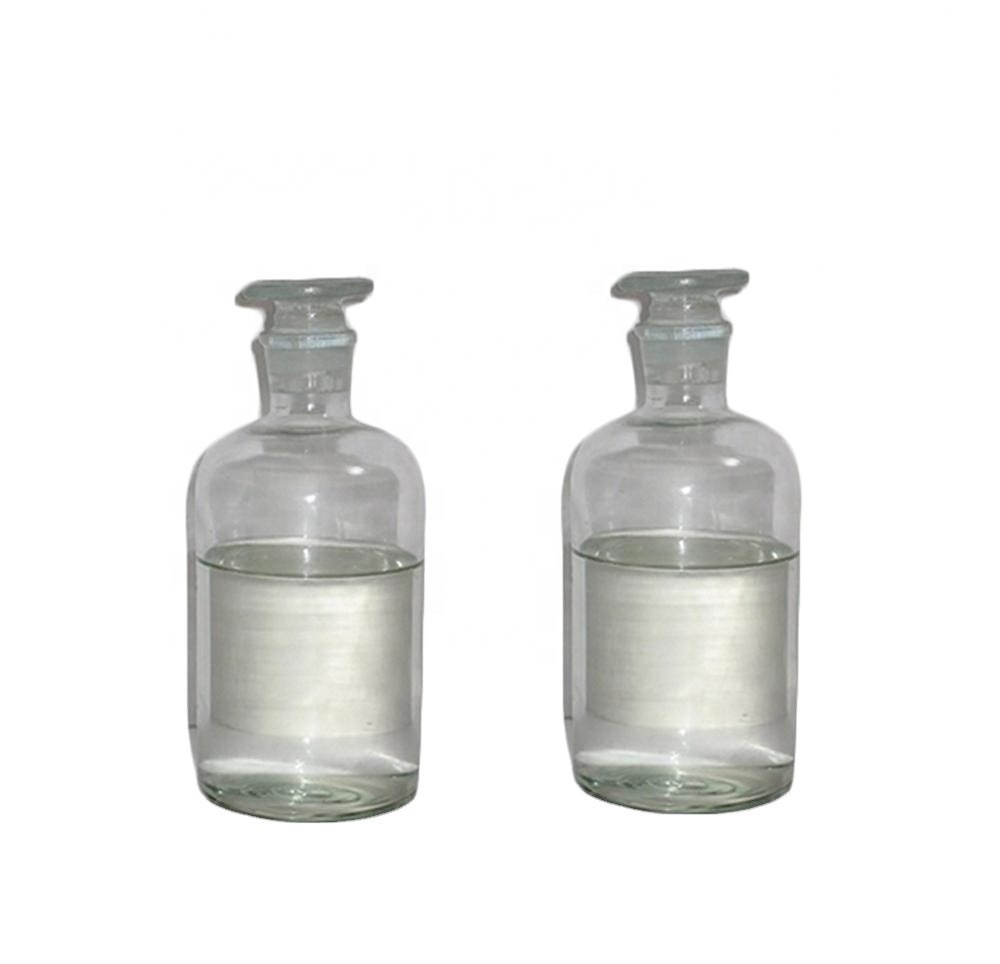

Sodium trimetaphosphate CAS 7785-84-4
——————
CAS number : 7785-84-4
molecular formula : 3Na.O9P3
EINECS : 232-088-3
——————
Email : info@deshangchem.com
Mobile : +86-13153039501
TEL : +86-531-88752665
CAS number:7785-84-4
molecular formula:3Na.O9P3
molecular weight:305.88
EINECS number:232-088-3
English synonyms
SODIUM TRIMETAPHOSPHATE;STMP;TRIMETAPHOSPHATE TRISODIUM SALT;TRISODIUM TRIMETAPHOSPHATE;3,5,2,4,6-trioxatriphosphorinane,2,4,6-trihydroxy-trisodiumsalt;cyclicsodiumtrimetaphosphate;cyclischestrinatriummetaphosphat;Metaphosphoricacid(H3P3O9),trisodiumsalt
Related categories
Sodium; phosphorus compounds; wheat flour, starch modifier; biochemical reagents; catalysis and inorganic chemistry; general reagents; chemical reagents; inorganic chemical raw materials; food quality improvement agents; food and feed additives; Cm phosphorus compounds and phosphates; inorganic chemical products ;Inorganic salt; Starch modifier; Food additive; Biochemical reagent-other chemical reagent; Raw material; Sodium trimetaphosphate; Phosphate; Additive; Chemical material; Chemical raw material; Chemical reagent; Organic chemistry; Inorganics; Inorganic Salts; Salts; Sodium Salts;Sodium Metal and Ceramic Science;Synthetic Reagents;Chemical Synthesis;Inorganic Salts;Materials Science;Metal and Ceramic Science;Sodium;Sodium Salts;Synthetic Reagents
Chemical properties
| Melting point | 53℃ [MER06] |
| Density | 2.49 |
| Storage conditions | Inert atmosphere,Room Temperature |
| Solubility | Water (Slightly) |
| Shape | Powder |
| Color | White |
| Specific gravity | 2.49 |
| Water solubility | Soluble in water. Insoluble in alcohol. |
Merck | 14,8696 |
| CAS database | 7785-84-4(CAS DataBase Reference) |
The appearance of sodium trimetaphosphate is white powder crystal, soluble in water, insoluble in alcohol.
Use
● In the food industry, it is used as a starch modifier, an anti-mixing agent for juice drinks, water retention for meat products, adhesives, dispersants, stabilizers, to prevent food discoloration and vitamin decomposition, etc.
● Sodium trimetaphosphate is used in food industry as starch modifier, fruit juice turbidity preventer, meat binder, dispersant, stabilizer (used in ice cream, cheese, etc.); it can prevent food from discoloration and vitamin C decomposition; also Used as a water softener.
● Starch modifier; juice turbidity preventer; water retaining agent; water softener; meat binder; dispersant; stabilizer (used in ice cream, cheese, etc.); can prevent food discoloration and vitamin C decomposition, etc.
Production method
● It is obtained by co-heating phosphorus pentoxide and sodium carbonate at 475-500°C.
● Sodium dihydrogen phosphate method is a simple and commonly used method.
Sodium dihydrogen phosphate method Heat edible sodium dihydrogen phosphate, dehydrate it at 95°C to become anhydrous sodium dihydrogen phosphate, and then send it to a box-type polymerization furnace for heating, melting and polymerization. When the material temperature is 140-200°C, it will be converted into Sodium acid pyrophosphate is converted into cyclic sodium metaphosphate when heated to 260°C, polymerized into sodium trimetaphosphate when heated to 500°C, cooled and crushed to produce edible sodium trimetaphosphate finished product. That
NaH2PO4→Na2H2P2O7[260℃]→(NaPO3)n[500℃]→Na3P3O9
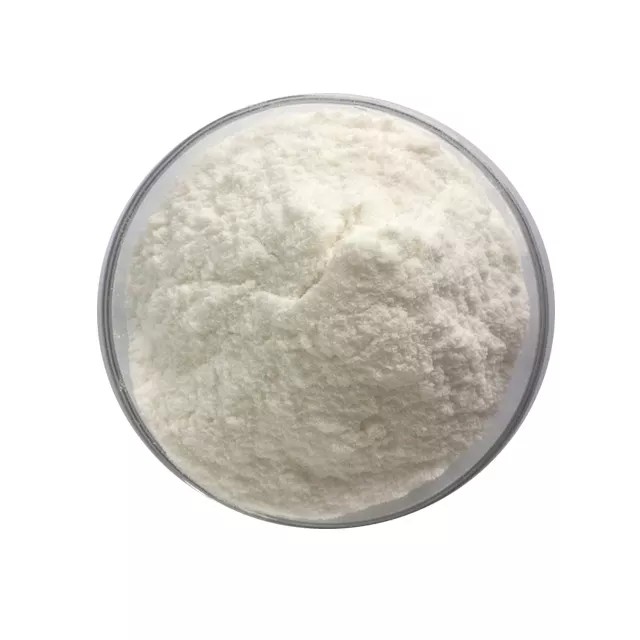
Sodium trimetaphosphate CAS 7785-84-4
CAS number:7785-84-4
molecular formula:3Na.O9P3
molecular weight:305.88
EINECS number:232-088-3
English synonyms
SODIUM TRIMETAPHOSPHATE;STMP;TRIMETAPHOSPHATE TRISODIUM SALT;TRISODIUM TRIMETAPHOSPHATE;3,5,2,4,6-trioxatriphosphorinane,2,4,6-trihydroxy-trisodiumsalt;cyclicsodiumtrimetaphosphate;cyclischestrinatriummetaphosphat;Metaphosphoricacid(H3P3O9),trisodiumsalt
Related categories
Sodium; phosphorus compounds; wheat flour, starch modifier; biochemical reagents; catalysis and inorganic chemistry; general reagents; chemical reagents; inorganic chemical raw materials; food quality improvement agents; food and feed additives; Cm phosphorus compounds and phosphates; inorganic chemical products ;Inorganic salt; Starch modifier; Food additive; Biochemical reagent-other chemical reagent; Raw material; Sodium trimetaphosphate; Phosphate; Additive; Chemical material; Chemical raw material; Chemical reagent; Organic chemistry; Inorganics; Inorganic Salts; Salts; Sodium Salts;Sodium Metal and Ceramic Science;Synthetic Reagents;Chemical Synthesis;Inorganic Salts;Materials Science;Metal and Ceramic Science;Sodium;Sodium Salts;Synthetic Reagents
Chemical properties
| Melting point | 53℃ [MER06] |
| Density | 2.49 |
| Storage conditions | Inert atmosphere,Room Temperature |
| Solubility | Water (Slightly) |
| Shape | Powder |
| Color | White |
| Specific gravity | 2.49 |
| Water solubility | Soluble in water. Insoluble in alcohol. |
Merck | 14,8696 |
| CAS database | 7785-84-4(CAS DataBase Reference) |
The appearance of sodium trimetaphosphate is white powder crystal, soluble in water, insoluble in alcohol.
Use
● In the food industry, it is used as a starch modifier, an anti-mixing agent for juice drinks, water retention for meat products, adhesives, dispersants, stabilizers, to prevent food discoloration and vitamin decomposition, etc.
● Sodium trimetaphosphate is used in food industry as starch modifier, fruit juice turbidity preventer, meat binder, dispersant, stabilizer (used in ice cream, cheese, etc.); it can prevent food from discoloration and vitamin C decomposition; also Used as a water softener.
● Starch modifier; juice turbidity preventer; water retaining agent; water softener; meat binder; dispersant; stabilizer (used in ice cream, cheese, etc.); can prevent food discoloration and vitamin C decomposition, etc.
Production method
● It is obtained by co-heating phosphorus pentoxide and sodium carbonate at 475-500°C.
● Sodium dihydrogen phosphate method is a simple and commonly used method.
Sodium dihydrogen phosphate method Heat edible sodium dihydrogen phosphate, dehydrate it at 95°C to become anhydrous sodium dihydrogen phosphate, and then send it to a box-type polymerization furnace for heating, melting and polymerization. When the material temperature is 140-200°C, it will be converted into Sodium acid pyrophosphate is converted into cyclic sodium metaphosphate when heated to 260°C, polymerized into sodium trimetaphosphate when heated to 500°C, cooled and crushed to produce edible sodium trimetaphosphate finished product. That
NaH2PO4→Na2H2P2O7[260℃]→(NaPO3)n[500℃]→Na3P3O9
Team Presentation

